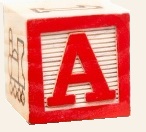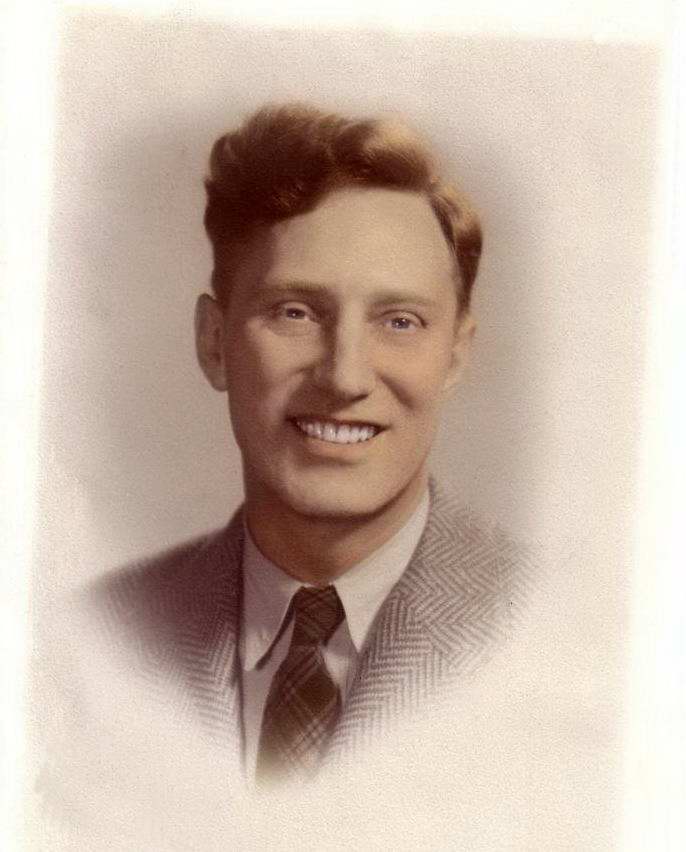History of the Milwaukee Astronomical Society
Introduction
If you think the Milwaukee Astronomical Society (MAS) is just like every other astronomy club, we hope this document will show this just isn't the case! Though there are a couple of things that set us apart, it is primarily our extensive observatory and this document will center on its beginnings and evolution. The other thing that has historically set us apart is our concentration on scientific work, many times to the exclusion of what some amateurs would consider "fun" astronomy. With its contributions to science, our club can boost that it has probably more award winning members than any other club. Some of those awards are among the most prestigious. And finally, it is the age of the club. It was founded in 1932 and that makes it among the oldest amateur astronomical societies.Our observatory is not ordinary. It is one of the largest and most extensive amateur club observatories in the entire world. We currently have 12 structures, 9 of them observatories. We have 10 permanent or semi-permanently mounted instruments. We have made an array of portable instruments over the years, had one of the largest astronomy libraries for a club, and it all sits on our 3.1 acre site. And most remarkably, our observatory was nearly entirely funded and built by the membership!
Why is it important to know and understand our club's history? Beside it being an interesting story, it gives you insight as to where the club is now and help us to plan where it might go in the future. For we didn't just build the observatory as it exists today. What we have couldn't have been built in just a couple of years. What we have is the culmination of nearly 90 years of effort.
 The letter "A" stands for "Armfield."
As in Luverne Armfield. If you do any observations for the American Association
of Variable Star Observers
The letter "A" stands for "Armfield."
As in Luverne Armfield. If you do any observations for the American Association
of Variable Star Observers
 (AAVSO), they will assign you a four letter code, the first character always corresponding to
your last name initial. Why 4? Because they've run out of 3 letter codes and before that 2 letter codes. One of our most
important founding members, Edward Halbach, made his first observation in 1932 and he had a 2 letter code, HK. Luverne
Armfield had the observer code of "A"! Consequently, you can see he was one of the first amateurs to observe variable stars.
(AAVSO), they will assign you a four letter code, the first character always corresponding to
your last name initial. Why 4? Because they've run out of 3 letter codes and before that 2 letter codes. One of our most
important founding members, Edward Halbach, made his first observation in 1932 and he had a 2 letter code, HK. Luverne
Armfield had the observer code of "A"! Consequently, you can see he was one of the first amateurs to observe variable stars.
But here at the MAS, "A" also stands for Armfield. We have the Armfield Observatory, but very few are aware of the official name because nearly everyone calls it the A-Dome. And the telescope in the A-Dome is called the A-Scope, even though the telescope there is actually the Edward A Halbach Telescope. Why is that? Because before that, the instrument was the Luverne Armfield Telescope. You will learn how Armfield was so instrumental in forming and then setting the direction of our society.
We have broken up the story of the MAS into smaller segments. You can navigate to the various chapters from the menus or those that appear at the bottom of each page.


